🌿 Chamaedorea Care Tips: Grow a Healthy, Elegant Parlor Palm Indoors
The Chamaedorea elegans, better known as the Parlor Palm, is a timeless indoor plant known for its graceful fronds and air-purifying qualities. Originating from the rainforests of Southern Mexico and Guatemala, it’s loved for its ability to thrive in low-light conditions and adapt to indoor environments with ease.
Whether you’re a beginner or a plant enthusiast, here’s everything you need to know about keeping your Chamaedorea lush and thriving.
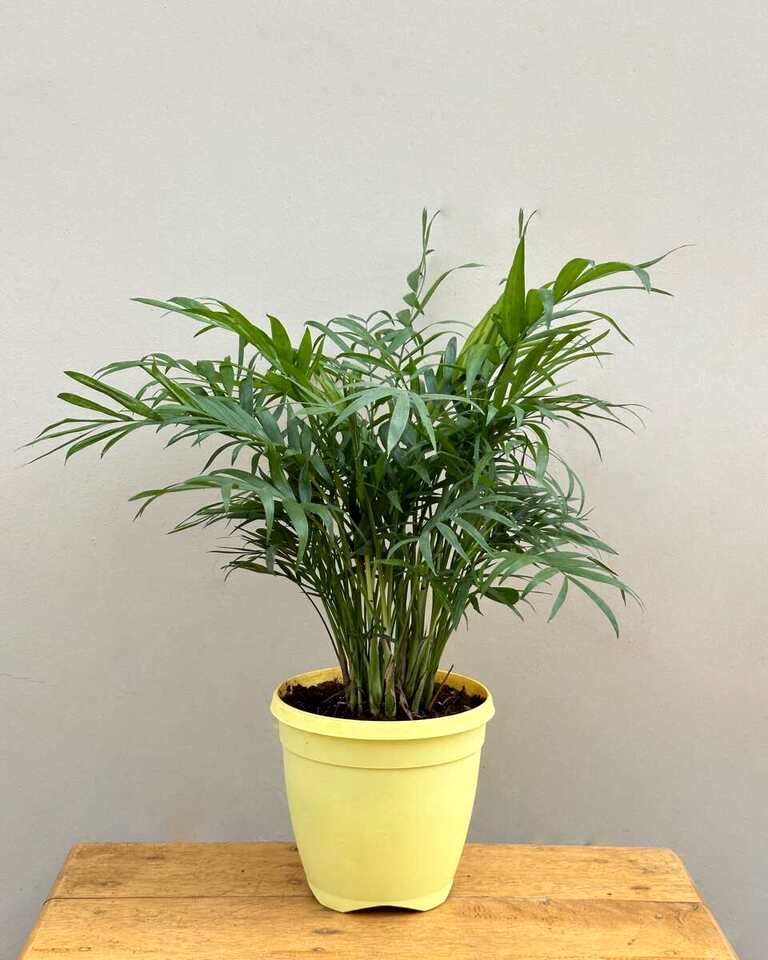
1. Light Requirements
Chamaedorea thrives in bright, indirect light but is also one of the best plants for low-light spaces. Avoid direct sunlight as it can scorch the delicate fronds.
💡 Pro Tip: Place it near a north or east-facing window for soft, filtered light.
2. Watering
This plant likes evenly moist soil but can tolerate slight drying out between waterings. Overwatering is a common mistake that leads to root rot.
Watering Schedule:
- Summer: Every 5–7 days, depending on room temperature.
- Winter: Every 10–14 days, as growth slows.
💡 Pro Tip: Use room-temperature water and avoid letting the plant sit in standing water.
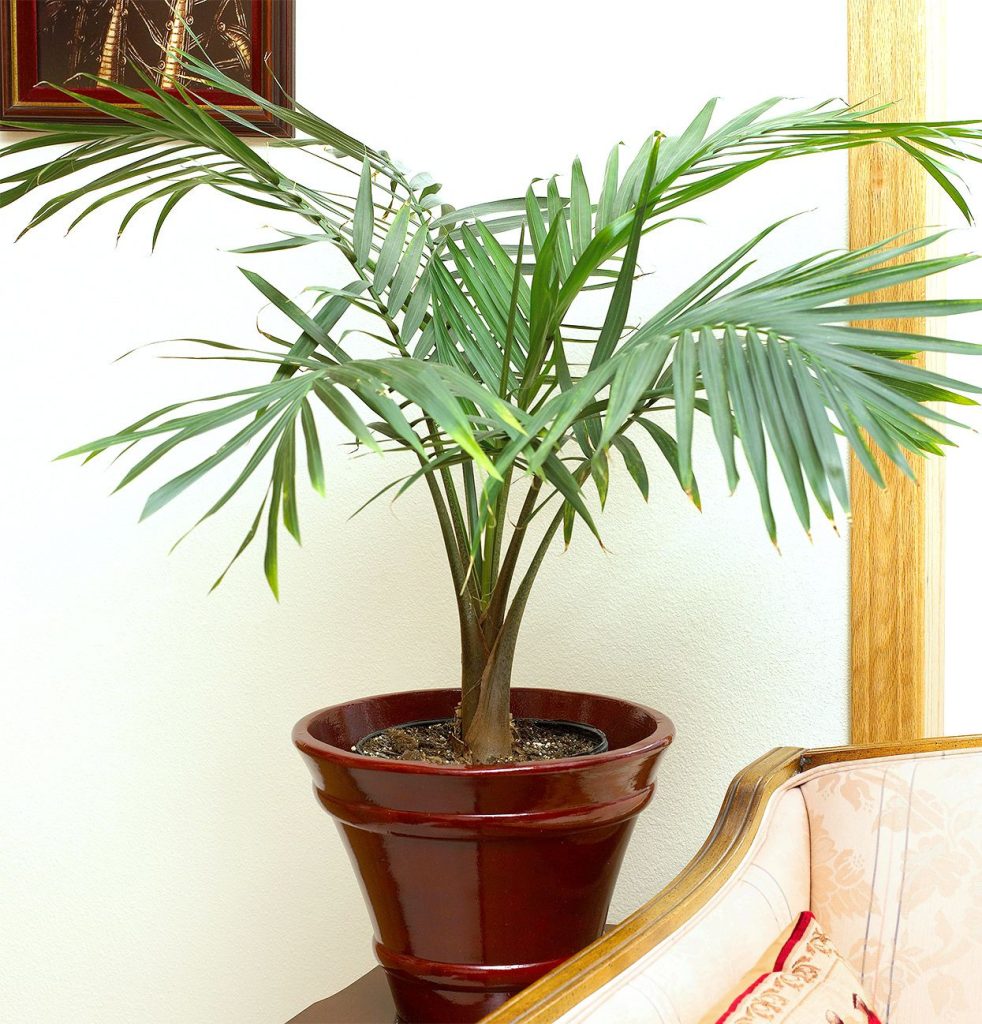
3. Soil & Potting
A well-draining, peat-based potting mix is ideal. The mix should retain some moisture but not stay soggy.
Recommended Mix:
- 50% peat moss or coco peat
- 30% perlite
- 20% compost for nutrients
💡 Always use a pot with drainage holes to prevent root diseases.
4. Fertilization
Feed your Chamaedorea monthly during spring and summer with a diluted balanced liquid fertilizer (e.g., 10:10:10). In autumn and winter, reduce feeding to once every 6–8 weeks.
💡 Avoid high-salt fertilizers, as they can damage roots. Flush the soil with water every 2–3 months to remove excess salts.
5. Pruning & Maintenance
Pruning is minimal—just remove yellow or brown fronds at the base to keep the plant tidy. Wipe leaves occasionally to remove dust and keep them looking vibrant.
💡 If frond tips turn brown, increase humidity or check watering habits.
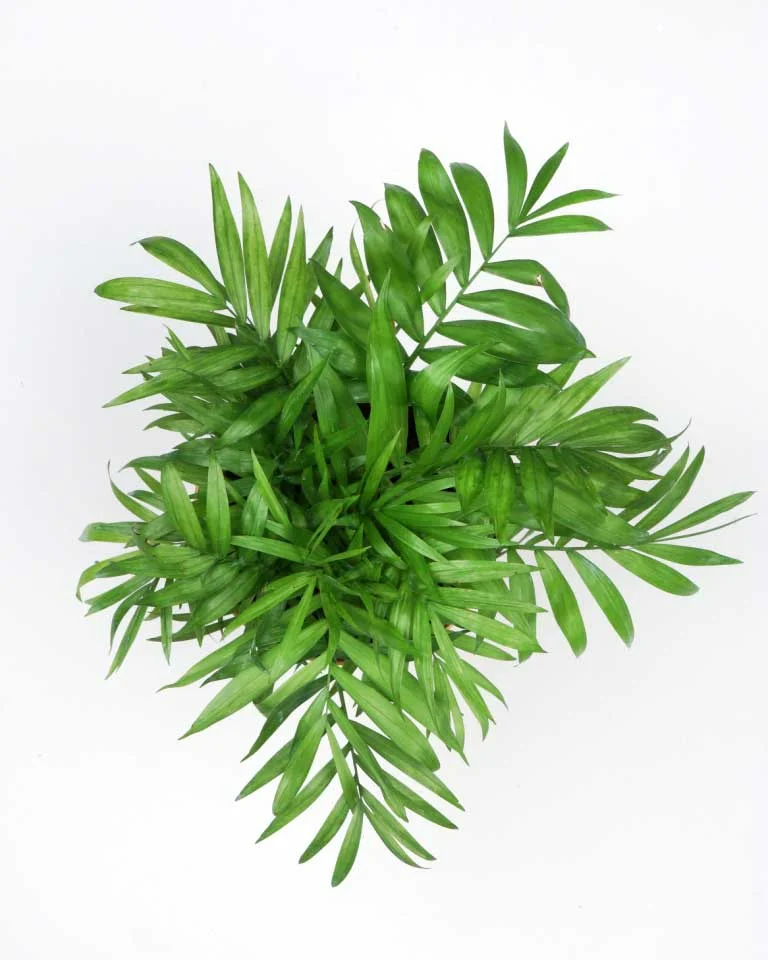
🌟 Extra Care Tips Box
✅ Maintain indoor humidity between 40–60% for best growth.
✅ Rotate the pot every few weeks for even growth.
✅ Keep away from cold drafts and heaters.
✅ Mist leaves occasionally to mimic rainforest conditions.
🌱 How to Choose the Best Chamaedorea from a Nursery
- Look for full, dense foliage without gaps between fronds.
- Ensure leaves are green, free from spots or yellowing.
- Check for pests like spider mites or mealybugs under leaves.
- Roots should be firm and not circling excessively inside the pot.
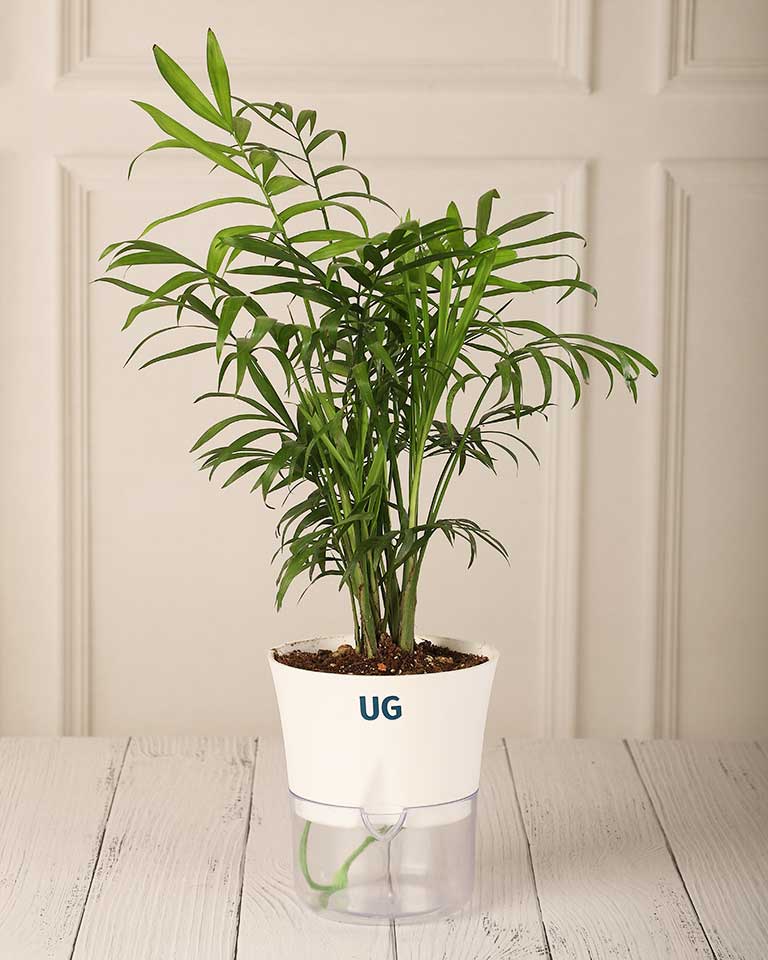
🏆 Why Buy Your Chamaedorea from Greenways Nursery?
At Greenways Nursery, your Parlor Palm will always be:
- Pest-free and nurtured with organic care.
- Acclimatized to indoor conditions for easier transition.
- Grown in premium soil mixes for strong root development.
- Checked for health, density, and overall appearance before sale.
📊 Chamaedorea Quick Facts Table
| Feature | Details |
|---|---|
| Botanical Name | Chamaedorea elegans |
| Ideal Placement | Indoors, bright indirect light |
| Growth Speed | Slow to moderate |
| Lifespan | 10+ years with care |
| Pet Safety | Non-toxic to cats & dogs |
| Air Purifying | Removes benzene, formaldehyde, and other VOCs |
🌿 Fun Facts About Chamaedorea
- Known as the “Parlor Palm” because it was popular in Victorian parlors.
- Can grow small, yellow flowers indoors under ideal conditions.
- Survives in low-light areas where many other plants fail.
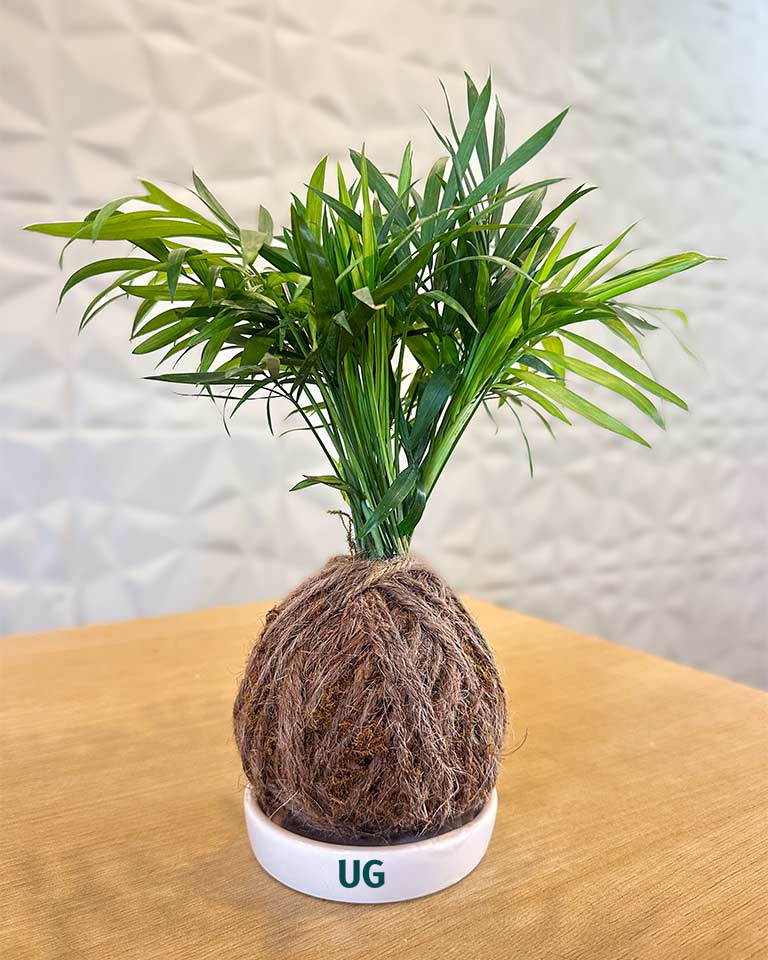
🛠 Common Problems & Solutions
| Problem | Cause | Solution |
|---|---|---|
| Yellow leaves | Overwatering | Water less frequently, check soil drainage |
| Brown tips | Low humidity or excess fertilizer | Increase humidity, flush soil |
| Drooping fronds | Underwatering | Water thoroughly, then let soil dry slightly |
| Pests | Dry air, poor maintenance | Mist regularly, wipe leaves, use neem oil |
❓ FAQ – Chamaedorea Care
Q1. Is Chamaedorea easy to grow?
Yes, it’s one of the most low-maintenance palms for indoors.
Q2. Does it need direct sunlight?
No, it prefers bright, indirect light and tolerates shade.
Q3. How often should I repot my Chamaedorea?
Every 2–3 years or when roots outgrow the pot.
Q4. Is Chamaedorea safe for pets?
Yes, it’s non-toxic to cats and dogs.


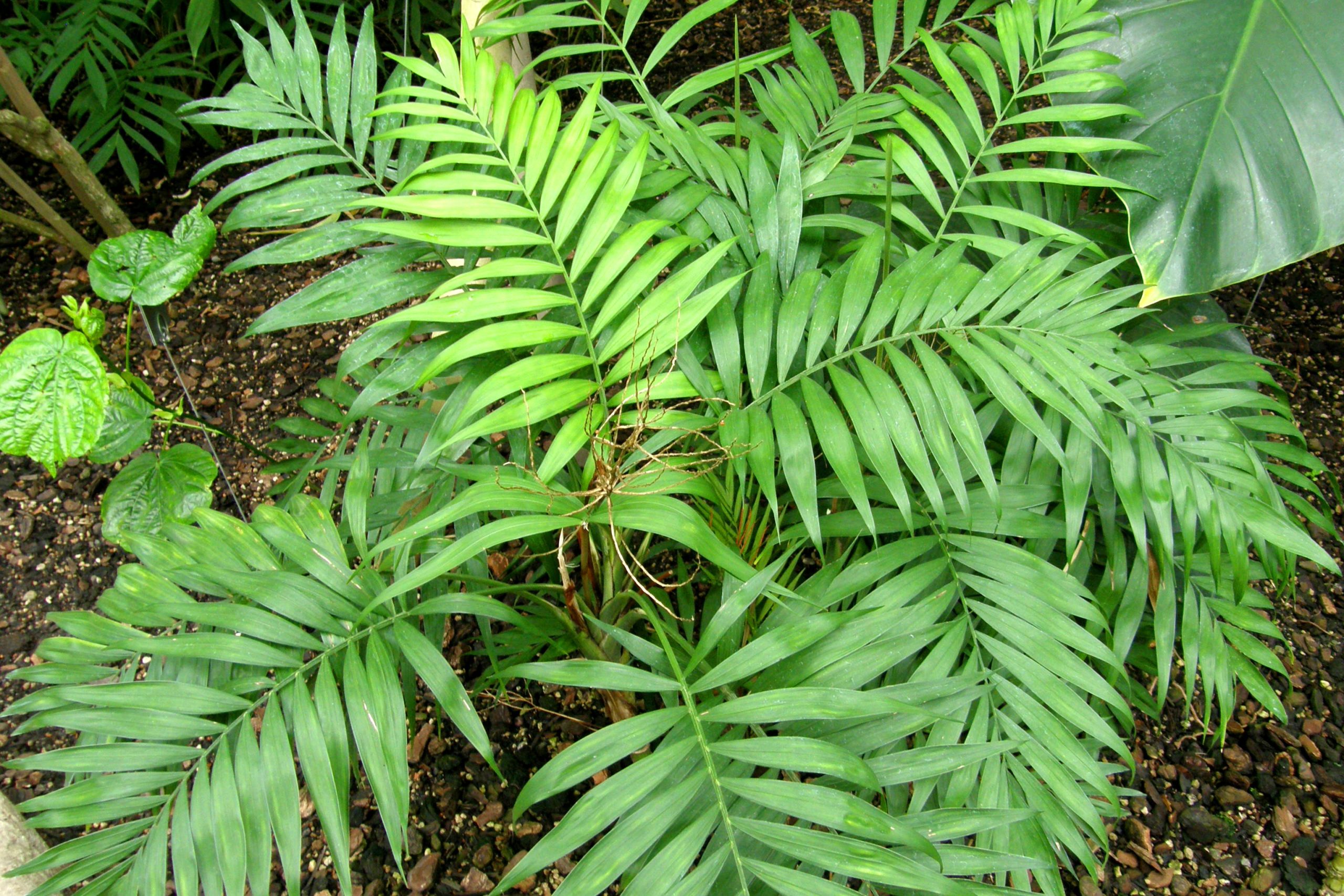

Leave A Comment